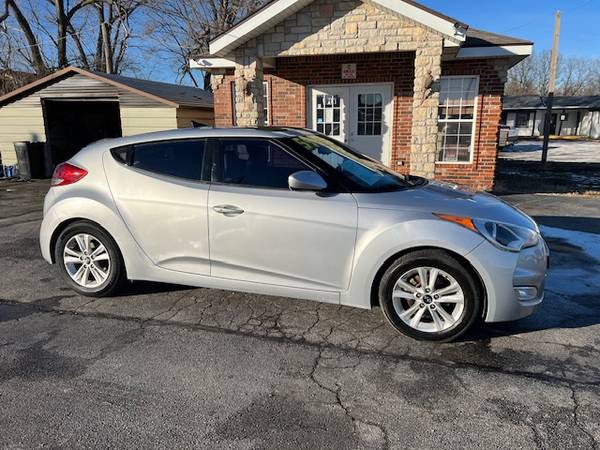
What to Do After a Fender Bender: Car Insurance Tips to Keep in Mind
Even the most cautious drivers can find themselves in a fender bender. While minor accidents might not result in serious injuries, they can still be stressful and confusing, especially when handling insurance. Knowing what steps to take immediately after a minor collision can make a big difference in ensuring your safety, protecting your rights, and speeding up the claims process. Here are essential tips on what to do after a fender bender.
1. Stay Calm and Check for Injuries after a fender bender
First and foremost, stay calm. Take a deep breath and assess the situation. Check yourself and your passengers for injuries. If anyone is hurt, call 911 immediately. Even if the accident seems minor, ensuring everyone’s well-being before proceeding is essential.
2. Move to a Safe Location
If the vehicles are drivable and safe, move them to the side of the road to avoid blocking traffic after a fender bender. Turn on your hazard lights to alert other drivers. If moving the vehicles isn’t possible, stay inside your car with seat belts fastened until help arrives.
3. Call the Police
In many states, you must file a police report for any accident, even if it’s minor. A police report can also serve as a neutral third-party record, which can help clarify the facts when you file an insurance claim. If the police won’t come to the scene for a minor accident, you may still be able to file a report at the nearest station.
4. Exchange Information
Swap information with the other driver, including:
- Name, address, and phone number
- Driver’s license number
- License plate number
- Insurance company and policy number
- Vehicle make, model, and color
Avoid admitting fault or placing blame; stick to the facts.
5. Document the Scene
Take clear photos of the damage to both vehicles and any skid marks, the surrounding area, and traffic signs. If there are any witnesses, ask for their contact information and a brief statement. Detailed documentation can help support your version of events during the claims process.
6. Notify Your Insurance Company
Report the accident to your insurer as soon as possible, even if you think the damage is minor or the other driver was at fault. Provide all necessary details, including the police report number and photos or witness statements. Prompt reporting helps your claim get processed faster.
7. Consider Filing a Claim
Depending on the damage and your deductible, you may or may not choose to file a claim. If the damage is less than your deductible, it might not be worth it. However, if the other party was at fault, their insurance may cover your repairs. Your insurance agent can help you weigh your options.
8. Follow Up and Get Your Vehicle Repaired
Once the claim is underway, schedule an inspection and get a repair estimate. If your insurer recommends an approved repair shop, use it, or choose your own if your policy allows.
Following these steps can reduce stress and ensure you’re handling your fender bender responsibly. Preparation and knowledge are your best defenses on the road. Would you like a printable checklist version of this article?
Get A Car Insurance Quote Here
For an affordable car insurance quote contact us today by clicking here to connect with us online.




